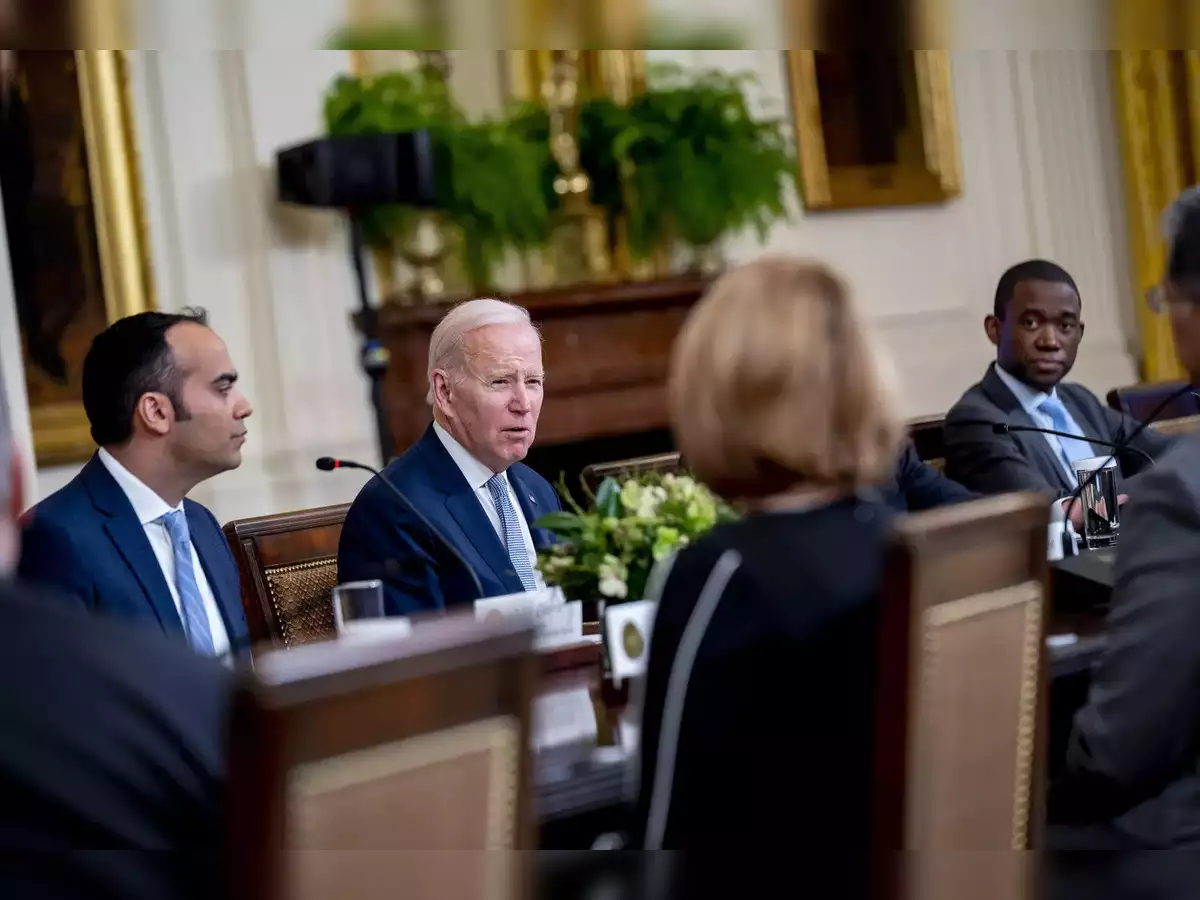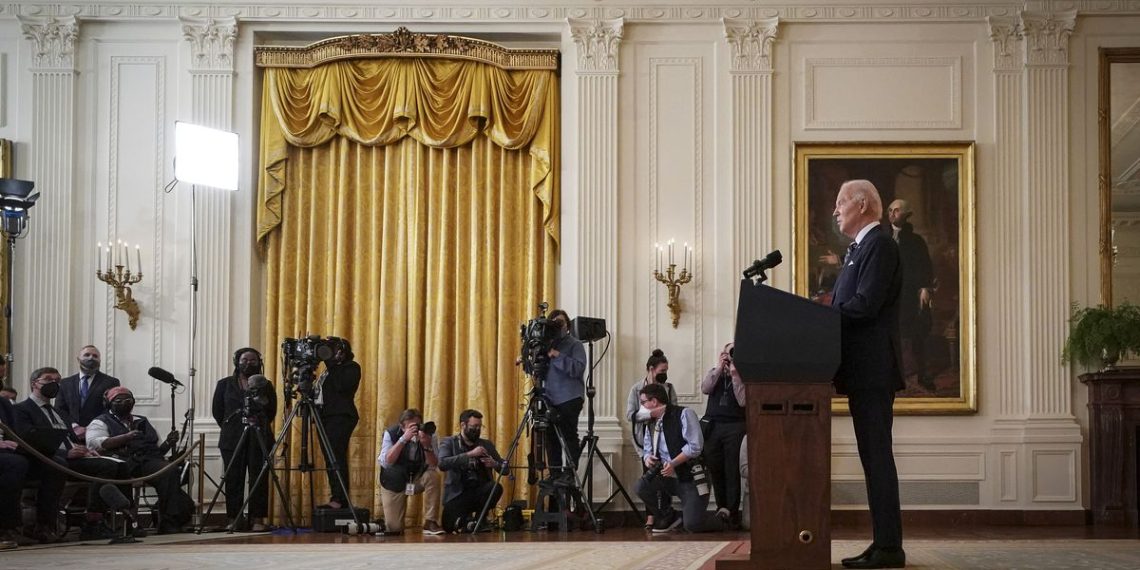Deputy U.S. Treasury Secretary Wally Adeyemo revealed plans for imposing sanctions on more than 500 targets to mark the second anniversary of Russia’s invasion of Ukraine.
The sanctions, executed in collaboration with other countries, aim to cripple Russia’s military-industrial complex and entities in third countries aiding Russian access to desired goods. Adeyemo emphasized that while the U.S. initiates these actions, it’s a collective effort.
These measures are the latest in a series of sanctions imposed by the U.S. and its allies since the 2022 invasion, which caused significant casualties and devastation in Ukraine. Despite doubts regarding additional security assistance from the U.S. Congress, efforts to maintain pressure on Russia persist.
President Joe Biden’s administration has depleted previously allocated funds for Ukraine and is awaiting congressional approval for more.
Adeyemo stressed the significance of congressional action to expedite Ukraine’s defense by providing necessary resources and weapons. While sanctions aim to hinder Russia, providing military aid to Ukraine remains crucial for its defense against ongoing aggression.

However, experts caution that sanctions alone may not suffice to halt Moscow’s assaults. Former National Security Council official Peter Harrell emphasized the pivotal role of congressional decisions regarding additional military assistance to Ukraine.
The Treasury Department reported a contraction of Russia’s economy by 2.1% in 2022 due to sanctions, impacting the predicted growth. Despite this, the IMF upgraded Russia’s GDP growth forecast for 2024 to 2.6%, indicating a resilient economy.
Nonetheless, IMF spokesperson Julie Kozack warned of Russia transitioning to a “war economy,” with increased military spending and inflation.
While these sanctions target Russia, securing congressional support for military aid remains paramount for Ukraine’s defense against ongoing aggression.





